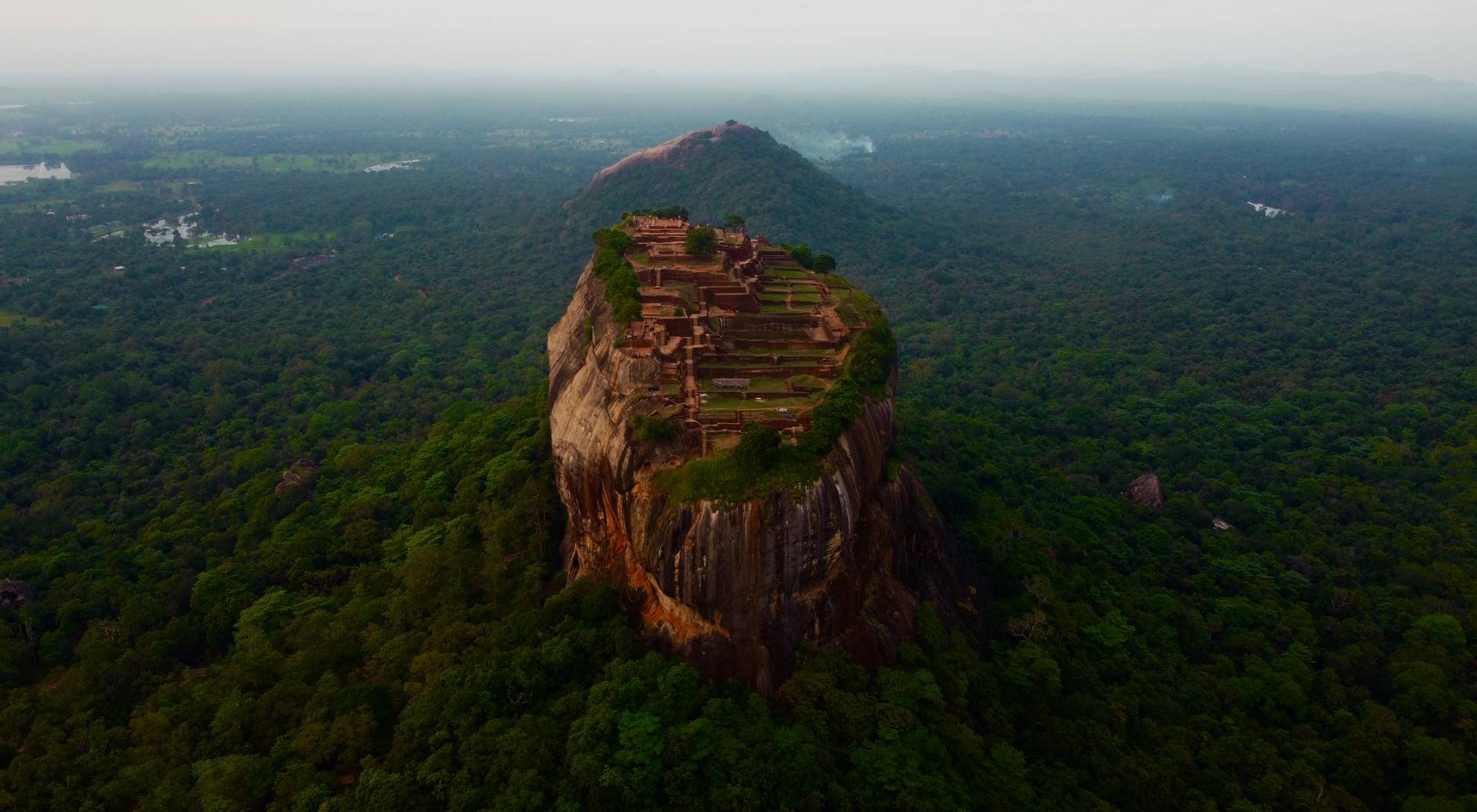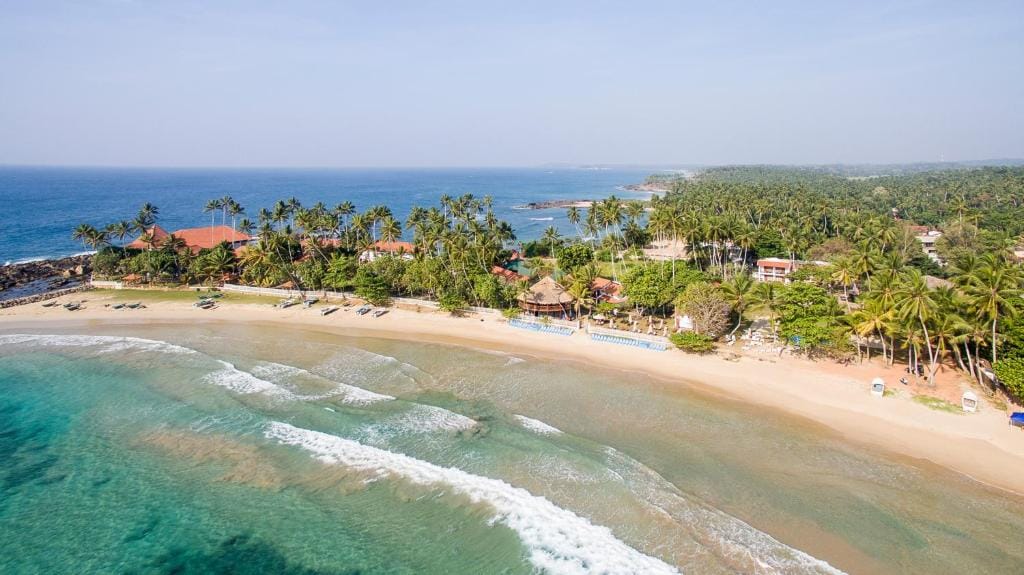Timeless Wonders: A Quick Guide to the Cultural Triangle of Sri Lanka
A highly developed and profoundly spiritual civilization, are dispersed throughout the island's north-central plains and rocky outcrops.
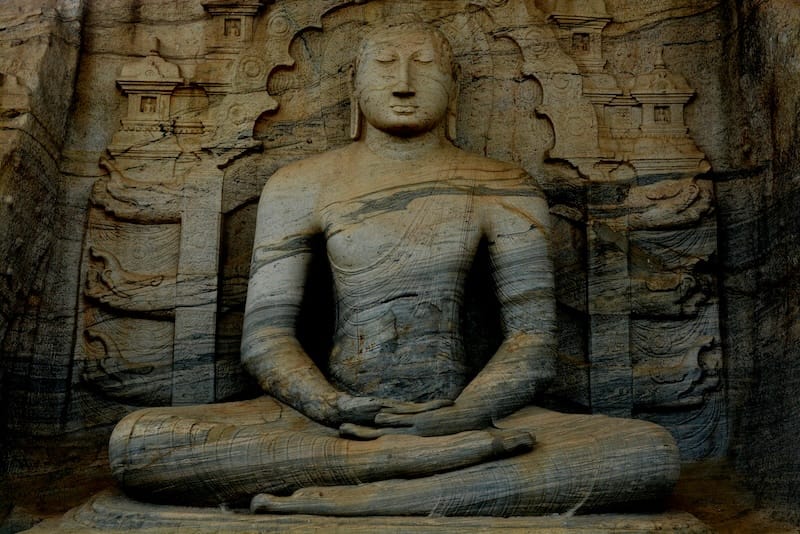
Picture this: Moss-covered ruins, whispering trees, and crumbling stupas all around you as you stroll barefoot along sun-warmed stone pathways. From above, a group of monkeys gazes with interest. A stupa gleams white against the tropical sky in the distance. This is not a dream; this is the historic center of Sri Lanka, where the majesty and reverence of ancient cities still resonate.

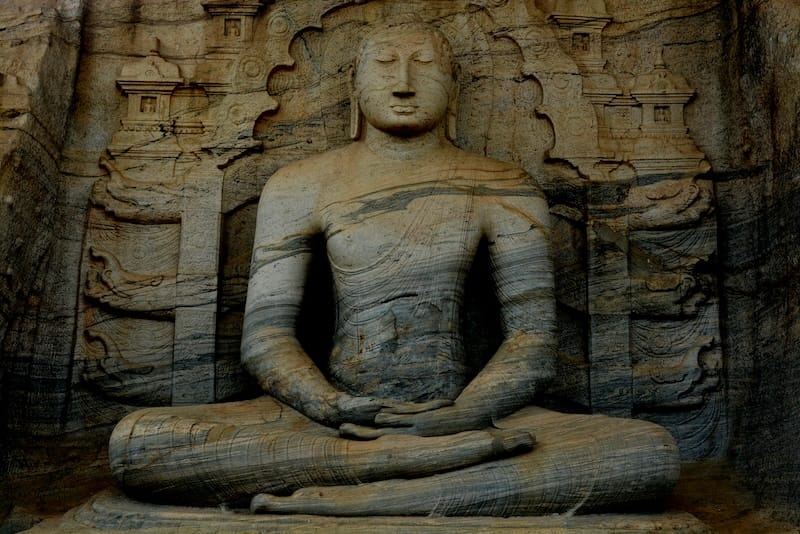
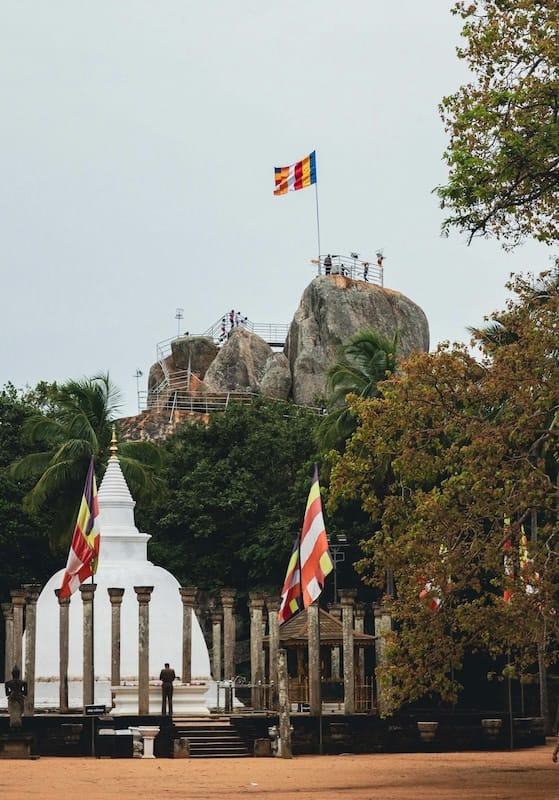
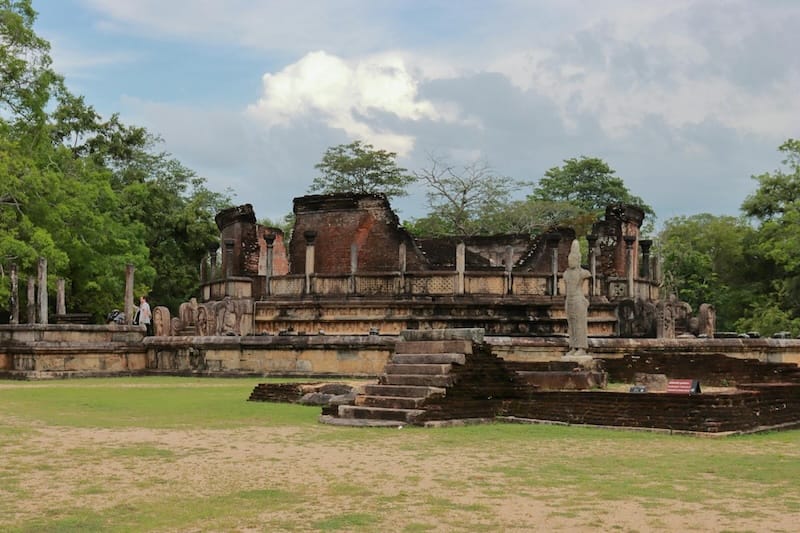


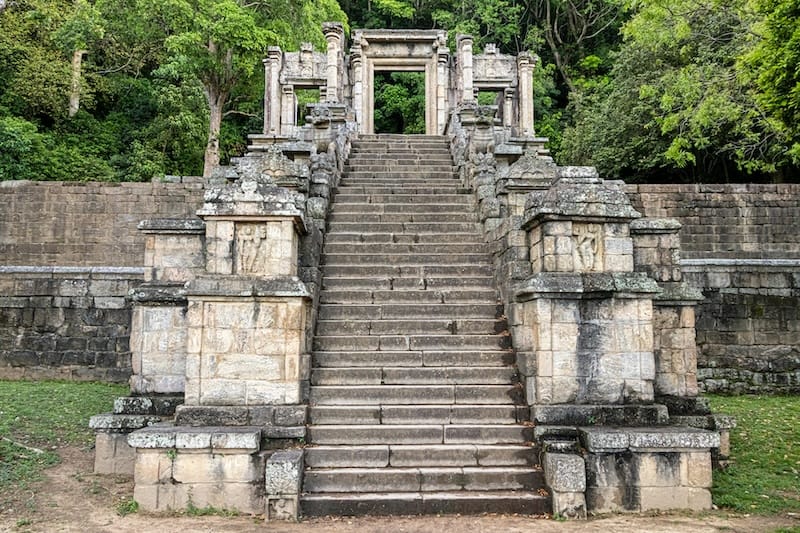
Photo by Pexels
A Journey into Sri Lanka’s Glorious Past
The remains of once-great cities, which bear witness to a highly developed and profoundly spiritual civilization, are dispersed throughout the island's north-central plains and rocky outcrops. Beyond their historical significance, Sri Lanka's ancient cities are pulsating centers of culture, pilgrimage, and legacy.
This collection of cities, often referred to as the Cultural Triangle, includes:
- Anuradhapura – Sri Lanka's first ancient capital
- Polonnaruwa – Sri Lanka's second ancient capital with a South Indian touch
- Kandy - The last kingdom of Sri Lanka`
Every location reveals an entirely novel aspect of Sri Lanka's architectural genius, royal aspirations, and Buddhist legacy.
Is there a real triangle?
The triangle that connects Anuradhapura, Polonnaruwa, and Kandy—with Sigiriya , Yapahuwa and Dambulla tucked inside—is known as the "Cultural Triangle." Together, these cities make up the island's historical and spiritual core, where monarchs reigned, monks practiced meditation, and skilled artisans carved legends into stone.
Highlights of Each Ancient City
Anuradhapura – The Eternal Capital
The sacred Sri Maha Bodhi Tree (a sapling from the tree where the Buddha attained enlightenment,) enormous stupas, and historic irrigation marvels can all be found in Anuradhapura, a former powerful kingdom and center of Theravāda Buddhism.
It's like exploring a museum without walls when you stroll through Anuradhapura. Its spirituality is evident, and its scope is enormous.

Polonnaruwa – A City of Kings and Battles
Following Anuradhapura in prominence, Polonnaruwa is a sight to behold with its elegant design, magnificent royal palaces, moonstones, and the magnificent rock-cut Buddhas of Gal Vihara. Cycling through its ruins for a day is a tranquil, captivating experience.
Sigiriya – A Luxury Fortress in the Sky
The ruins of King Kashyapa's palace stand atop the famous Sigiriya Rock, which rises 200 meters into the sky. Sigiriya combines myth, art, and power with its enigmatic mirror walls, ingenious hydraulic gardens, and frescoes of celestial maidens.
Dambulla – Caves of Devotion
The best-preserved cave temple complex in Sri Lanka is Dambulla's Golden Cave Temple, which is situated beneath a sheer rock. Inside, statues sit in meditative silence, illuminated only by oil lamps and glints of sunlight, while murals depict events from the life of the Buddha.
Yapahuwa – The Forgotten Citadel
Yapahuwa is a hidden gem that is often overlooked. A royal palace perched atop a precipitous granite rock is reached by an ornate stone staircase in this former capital. Despite its brief rule, it was a significant spiritual location because it once guarded the Sacred Tooth Relic.
Kandy - Sri Lanka's last recognized Kingdom
Kandy, a charming city where colonial charm and sacred tradition blend beneath mist-veiled mountains, is tucked away in Sri Lanka's lush hill country. At its center is the revered Temple of the Tooth, which attracts both pilgrims and curious tourists to its gilded tranquility. This former royal capital, surrounded by serene Kandy Lake and verdant tea estates, provides a refined getaway into the island's cultural essence.
When to Visit
The dry season, which runs from December to April for the greater part of the Cultural Triangle, is the ideal time to visit the ancient cities. This guarantees more comfortable temple visits, improved walking conditions, and clearer views from elevated locations like Sigiriya or Yapahuwa. To avoid the heat and to take in the breathtaking lighting of the golden hour, try to visit important locations early in the morning or late in the afternoon.
Culture, Etiquette & Spiritual Significance
These cities are still living heritage sites, not just ruins. Pilgrims dressed in white bring prayers and offerings, and monks meditate beneath trees that were planted centuries ago.
This is how you can show your respect:
- Dress appropriately ( light colors with shoulders and knees covered)
- Take off headgear and footwear before entering any shrine.
- Don’t turn your back to Buddha statues or the stupas when posing or taking photos
- Maintain silence at all times.
- No smoking in and around the cultural sites.
Little gestures like these will reflect your respect and gratitude towards these sites and the local culture.
Travel Tips for Ancient City Explorers
- Bring enough water - the sites are hot and humid.
- Choose a foot-cycle ride in the sites. OR simply walk.
- Get the service of local guides at sites. They know many a legend.
- Sigiriya, Habarana, or Dambulla can be used as bases to stay.
- Be a responsible traveler - do not litter or feed wildlife.
If you're using a travel planner app or map tool (like Roaming Ceylon), pinning all ancient cities will help structure your trip efficiently.



